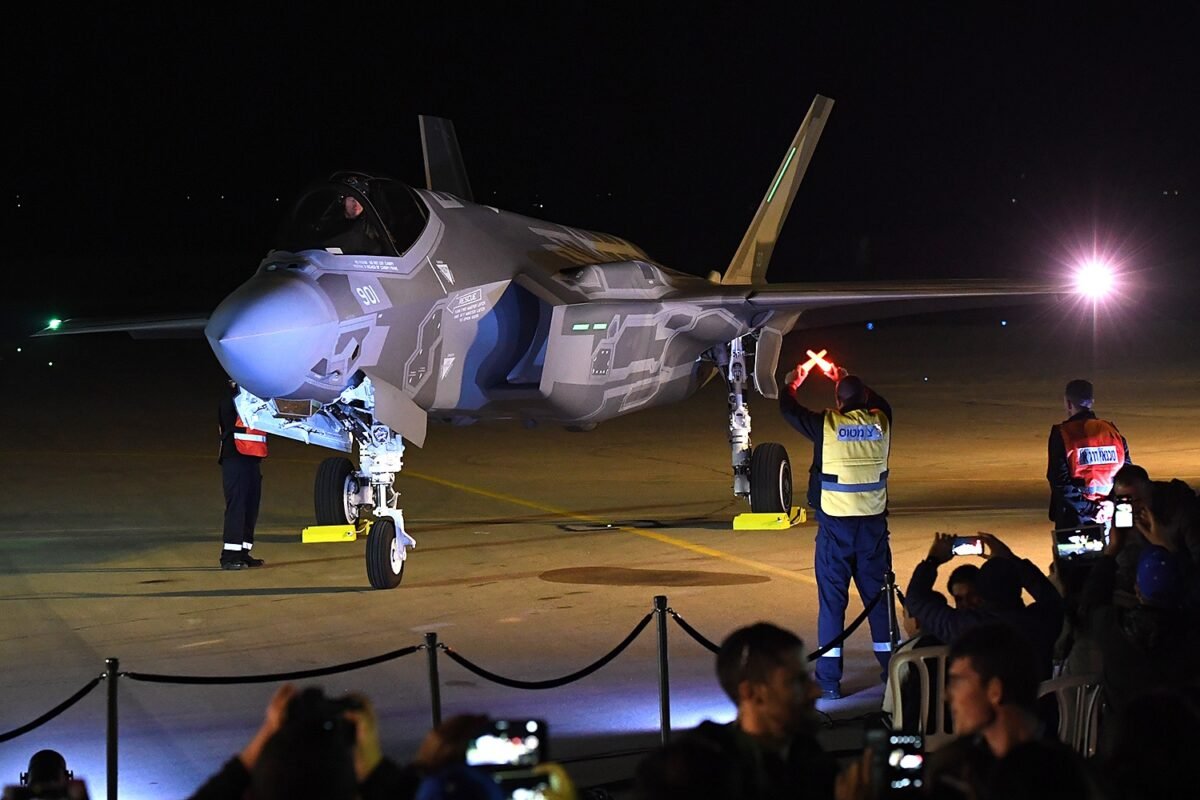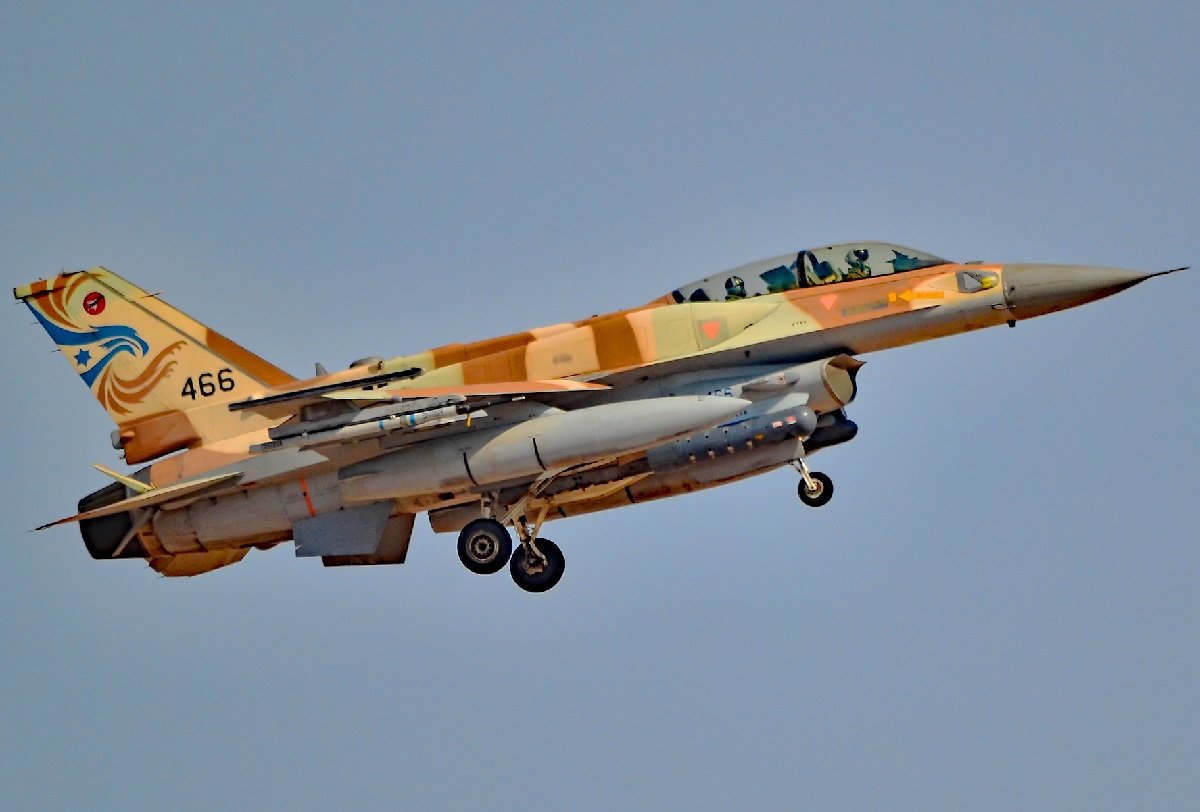In recent weeks, tensions in the Middle East appeared ready to spill over into a larger conflict.
The U.S. turned around an aircraft carrier strike group that was supposed to be heading home and American B-52s transited over Israel in a mission that served as a warning to Tehran. This comes after a mid-December report that an Israeli submarine might be heading towards the Persian Gulf and Iranian warnings of provocations in Iraq.
Could a conflict erupt before President Donald Trump leaves office?
Reports have indicated that Iran appears to think a conflict is possible and the region is on edge. However, history illustrates that these kinds of tensions often blow over.
A Region Filled with Tension, and Bombs
Overall, recent military maneuvers and saber-rattling appear more like complex chess moves than the opening to a real conflict. This is because Iran and Israel have been doing this kind of dangerous dance for years. Iran considers Israel and the United States its greatest adversaries and Iranian leaders often make statements threatening Israel. Iran’s allies in the region, such as Hezbollah in Lebanon, also threaten Israel with statements. In July, tensions with Hezbollah grew after the group accused Israel of killing one of its members in Syria. Hezbollah members operate in Syria and Iraq with groups linked to Iran.
Israel has accused Iran and these allies of Tehran of entrenching in Syria and moving Iranian weapons via Iraq to Syria and Lebanon. Israel’s former chief of staff Gadi Eizenkot said in January 2019 that Israel had conducted more than 1,000 airstrikes in Syria against Iranian targets. This is what Israel calls the “campaign between the wars,” to deter and degrade Iran’s entrenchment in Syria. Israel’s annual Israel Defense Forces operational data for last year says the country carried out 50 strikes on targets in Syria. This shows that the conflict between Iran and Israel is not only a war of words. Iranian proxies in Syria have fired rockets at Israel from near the Golan and an Iranian drone entered Israeli airspace from Syria in 2018. Any one of these incidents could have spiraled into a larger conflict.

During a festive ceremony at Nevatim Air Force Base in southern Israel, on Monday, December 12, 2016, Israel received its first two fifth-generation F-35 Joint Strike Fighters, code-named by the Israeli Air Force as “Adir,” (The Mighty One). The ceremony included thousands of invitees and speeches by Prime Minister Benjamin Netanyahu and U.S. Secretary of Defense Ash Carter.
Tough Talk
Hardly a week goes by without tit-for-tat statements by Israel and Iran. IDF Chief of Staff Aviv Kochavi has said Iran is the most dangerous country in the region and warned Tehran that the IDF has rehearsed and prepared retaliation for any eventuality. Towards this end, Israel launched unprecedented air defense drills in December using its Iron Dome and David’s Sling air defense systems. These systems, along with the Arrow 3, act as a multi-tiered series of interceptors with radar and command and control that can stop ballistic missiles, drones, cruise missiles, and other threats. Integrating them, as Israel has, illustrates the country is prepared for the kind of complex attacks that the Middle East has seen in recent years. For instance, Iran used drones and cruise missiles to attack Saudi Arabia’s Abqaiq facility in 2019 and Iran used ballistic missiles to target a base in Iraq where U.S. troops were located in January 2020.
While Iran and its allies talk tough on Israel they also know that a new U.S. administration is coming into office. Iran has detained a South Korean tanker and announced it is increasing its enrichment of uranium, two actions that appear designed to wring financial concessions from the West and South Korea. Provoking a conflict with either Israel or the U.S. is not in Iran’s interests if its goal is sanctions relief and financial windfalls. Iran also doesn’t have the conventional capabilities to conduct a major war with Israel.
Israel’s Military Goes All in on the F-35, and More
Meanwhile, Israel, which has more than two dozen advanced F-35s, is seeking more of the aircraft and has fielded new army units with multidimensional capabilities using the latest in artificial intelligence and precision weapons. Any kind of conflict between Iran and Israel is more likely to involve the kinds of small operations and precision strikes, or tension with Iran’s allies such as Hezbollah than direct confrontation. Nevertheless, Israel has set up a special headquarters, as part of a recent multi-year plan, to deal with what it calls “third circle” threats, the euphemism for Iran. Israel and Iran appear to have more long-term considerations looking at the battlespace around them. While Iran is increasing its drone and ballistic missile forces, Israel is seeking more F-35s and building a new fleet of corvettes to protect its coastline. Such investments are part of a long-term strategy and mitigate against the outbreak of a major war.
Seth J. Frantzman is the author of After ISIS: America, Iran and the struggle for the Middle East and the forthcoming Drone Wars: Pioneers, killing machines, artificial intelligence and the battle for the future (Bombardier Books, 2021). He writes for The Jerusalem Post, The National Interest and Defense News.

